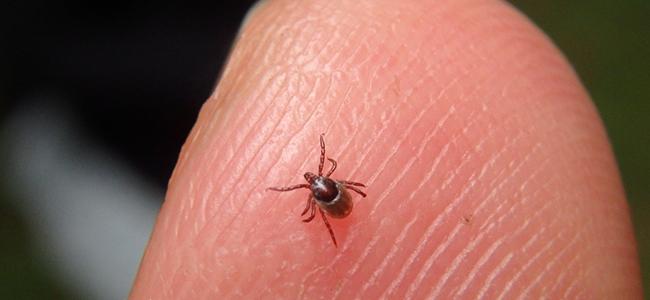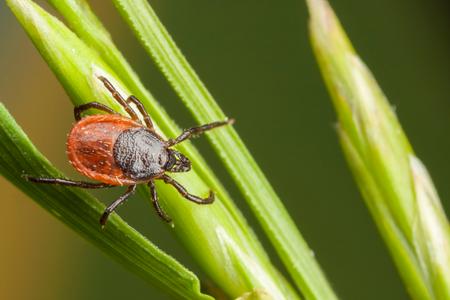
The Best Tick Control For Maryland Properties
10/01/2021
In Maryland, we have some of the most enjoyable weather (for most of the year) for playing out in the yard and enjoying time with our pets. Unfortu...
READ MORE >
04/05/2012
Question: Is the mild winter to blame for an increase in ticks this spring?
Answer: Not entirely. Although evidence supports that after a mild winter tick activity will begin earlier than usual, area experts believe that it may not be the only reason populations are on the rise. Ticks feed on mice. Mice feed on acorns. When acorn crops are low, mice populations diminish, leaving behind a lot of ticks looking for their next meal– this according to Richard S. Ostfeld, a disease ecologist at the Cary Institute of Ecosystem Studies in Millbrook, N.Y.
Question: Should I be concerned about the rise in tick populations in our area?
Answer: The short answer, yes. Not only will residents in Maryland, D.C., and Northern Virginia see ticks earlier and heavier than last year, they can expect to find more of them in urban areas where animals and humans frequent—places like Rock Creek Park in Montgomery County or Gwynn’s Falls Park in Baltimore.
Question: Should I be concerned about Lyme disease?
Answer: Yes. Young Deer ticks, known as nymphs, are responsible for spreading the highest volume of contracted cases of lyme disease. Due to their small size, deer tick nymphs may remain undetected for 2 to 3 days, allowing for transmission of the disease to occur. Visit the Centers for Disease Control and Prevention to learn more about the signs and symptoms of lyme disease.
Question: Where might I encounter a tick?
Answer: Ticks are most common in wooded and overgrown areas where the ground is covered with leaf litter, thick weeds or high grass. In urban environments ticks may also be found on well-maintained lawns, or even inside your home. This is because they drop off pets and non-domestic wildlife that cross over or through these areas.
Question: How can I protect my pets from ticks?
Answer: Protect your pets year round by using a veterinary-approved flea and tick control product such as Frontline or Frontline Plus. Do not expect that over the counter products will be a sufficient measure to control ticks on your cat or dog. Seek the advice of a veterinarian if you detect ticks on your pet(s).
Tips to control ticks around your home:
Other pests to watch out for this spring:
Ticks won't be the only pest to make a rapid, strong appearance this spring. The National Pest Management Association reported earlier this spring to expect a resurgence of many home-invading pests like box elder bugs, springtails and certain ladybird beetles.

10/01/2021
In Maryland, we have some of the most enjoyable weather (for most of the year) for playing out in the yard and enjoying time with our pets. Unfortu...
READ MORE >

09/03/2021
Healthcare facilities, such as hospitals, nursing homes, rehabilitation centers, and emergent care centers must maintain a strict level of sani...
READ MORE >

08/23/2021
Ticks are considered to be some of the most dangerous arachnids around. Not only are they famous for biting people, pets, and wildlife creatures, b...
READ MORE >

07/15/2021
Each year, tick populations are on the rise. This is due to a multitude of factors, including climate change and increased tick habitat. Frederick ...
READ MORE >

Protect your home and family from nuisance and potentially damaging pests with a Preferred Care home pest control plan. Starting at $49/month

Don't let the bed bugs bite a second longer. Contact American Pest for the most comprehensive bed bug control in the industry. Learn More

Our certified rodent control pros will put an end to your frustration by getting rid of rats and mice inside your home. Learn More

Say goodbye to wood-destroying termites in your home when you contact American Pest for expert termite control. Learn More

Trust American Pest to deliver professional backyard tick control services that are guaranteed to get results. Learn More

Don't spend the warm-weather season indoors, find out how American Pest's professional treatments get rid of mosquitoes. Learn More
Fill out the form and recieve feedback in less than 5 minutes. For immediate service please call.